

Articles
How To Drain Windshield Washer Fluid
Modified: January 6, 2024
Learn how to drain windshield washer fluid in this informative article. Find step-by-step instructions and expert tips for a hassle-free process.
(Many of the links in this article redirect to a specific reviewed product. Your purchase of these products through affiliate links helps to generate commission for Storables.com, at no extra cost. Learn more)
Introduction
Proper windshield maintenance is essential for safe and clear driving. One crucial aspect of maintaining your windshield is ensuring that your windshield washer fluid is clean and free from debris. Over time, the washer fluid can become dirty and ineffective, hindering your visibility on the road.
In this article, we will guide you through the process of draining windshield washer fluid from your vehicle. By following these simple steps, you’ll be able to remove old and contaminated washer fluid, and replace it with new fluid, ensuring a clean and clear windshield.
Before we dive into the steps, it’s important to note that the specific process may vary slightly depending on the make and model of your vehicle. Always consult your vehicle’s owner’s manual for detailed instructions that are specific to your car.
Key Takeaways:
- Regularly replacing old windshield washer fluid with new fluid ensures optimal visibility and safe driving. Follow the simple steps to maintain a clear windshield and contribute to a cleaner environment.
- Properly disposing of old windshield washer fluid protects the environment. Always wear protective gear and consult your vehicle’s manual for specific instructions.
Read more: Where To Buy Windshield Washer Fluid
Step 1: Gather necessary tools and materials
Before you start draining the windshield washer fluid, it’s important to have the necessary tools and materials on hand. Here’s what you’ll need:
- Protective gloves
- Safety glasses
- A container for draining the old washer fluid
- A funnel
- New windshield washer fluid
Wearing protective gloves and safety glasses is crucial to ensure your safety during the process. It’s also important to use a container that is large enough to hold the old washer fluid, as you’ll be draining it from the reservoir.
Once you have gathered all the necessary tools and materials, you’re ready to move on to the next step.
Step 2: Locate the windshield washer fluid reservoir
The next step is to locate the windshield washer fluid reservoir in your vehicle. The reservoir is typically a translucent plastic container that is attached to the windshield washer fluid pump. It is usually located near the front of the engine bay, near the windshield.
If you’re having trouble finding the reservoir, refer to your vehicle’s owner’s manual for specific guidance. The manual will provide you with detailed information and illustrations to help you locate the reservoir.
Once you have located the reservoir, take a moment to inspect it for any cracks or leaks. If you notice any damage, it may be necessary to replace the reservoir before proceeding.
With the reservoir located and inspected, you’re ready to move on to the next step of draining the old windshield washer fluid.
Step 3: Remove the old windshield washer fluid
Now that you have located the windshield washer fluid reservoir, it’s time to remove the old fluid. Follow these steps to complete this process:
- Open the hood of your vehicle and secure it using the prop rod or hood latch.
- Inspect the reservoir to see if it has a cap or a screw-on lid. If it has a cap, simply twist it counterclockwise to remove it. If it has a screw-on lid, use a wrench or the appropriate tool to unscrew it.
- Grab your container that you prepared in Step 1 and position it beneath the reservoir.
- Look for a drain plug or a drainage tube attached to the bottom of the reservoir. Gently remove the plug or disconnect the tube to allow the old fluid to drain into your container.
- Let the fluid drain completely. You may need to tilt or shake the reservoir slightly to ensure that all the fluid is removed.
- Once the reservoir is empty, reattach the drain plug or plug the drainage tube back into place.
By following these steps, you have successfully removed the old windshield washer fluid from your vehicle. We’re now ready to move on to the next step of properly disposing of the old fluid.
Locate the windshield washer fluid reservoir, usually near the engine. Remove the cap and use a siphon or turkey baster to drain the fluid into a container for proper disposal.
Step 4: Dispose of the old fluid properly
Proper disposal of the old windshield washer fluid is essential to protect the environment. Here’s how you can dispose of it responsibly:
- Check local regulations: Different regions may have specific guidelines for disposing of automotive fluids. Check with your local waste management authority or environmental agency to understand the proper disposal methods in your area.
- Find a recycling facility: Look for a local recycling facility or service that accepts automotive fluids. These facilities are equipped to handle and recycle the fluids safely.
- Do not pour down drains: Avoid pouring the old washer fluid down the drain or into the ground. This can contaminate water sources and harm the environment.
- Securely seal the container: Before transporting the old fluid to the recycling facility, make sure to securely seal the container to prevent any leaks or spills.
Remember, proper disposal of automotive fluids helps protect our environment and ensures the safety of our communities. By following these steps, you can contribute to a cleaner and greener planet.
Now that you have taken the necessary steps to dispose of the old windshield washer fluid responsibly, let’s move on to the next step of refilling the reservoir with new fluid.
Read more: Where Do I Put Windshield Washer Fluid
Step 5: Refill the reservoir with new windshield washer fluid
Now that you have properly disposed of the old windshield washer fluid, it’s time to refill the reservoir with fresh fluid. Follow these steps to complete this process:
- Ensure that the drain plug or drainage tube is securely in place on the reservoir.
- Take your new windshield washer fluid and carefully pour it into the reservoir.
- Use a funnel to avoid spilling the fluid and make it easier to pour accurately.
- Fill the reservoir until it reaches the indicated fill line or just below the top of the reservoir.
- Avoid overfilling, as this can lead to leaks or other issues.
- Once the reservoir is filled, securely replace the cap or screw-on lid.
It’s important to use a windshield washer fluid that is suitable for your vehicle. Consider factors such as the climate in your area, as there are different types of washer fluids available for different weather conditions.
With the reservoir now refilled with new windshield washer fluid, we move on to the final step of testing the windshield washer system.
Step 6: Test the windshield washer system
After refilling the reservoir with fresh windshield washer fluid, it’s important to test the system to ensure that everything is functioning properly. Here’s how you can test the windshield washer system:
- Start your vehicle and activate the windshield wipers.
- Engage the windshield washer system by pressing the washer fluid lever or button.
- Observe the spray pattern and the flow of the washer fluid. It should spray evenly and cover the windshield adequately.
- If the spray pattern is weak or uneven, it may indicate a clogged nozzle or a problem with the pump. In such cases, you may need to clean the nozzles or consult a professional for further assistance.
- If the system is functioning correctly, you’re all set! Your windshield washer system is ready to keep your windshield clear.
It’s a good practice to periodically check the windshield washer fluid level and top it up as needed. Regular maintenance will ensure that you always have clear visibility while driving.
With the windshield washer system successfully tested, you have completed the process of draining and refilling your vehicle’s windshield washer fluid. Congratulations!
Conclusion
Proper maintenance of your windshield and windshield washer system is crucial for safe and clear driving. By following the steps outlined in this guide, you have learned how to drain and refill the windshield washer fluid in your vehicle. Regularly replacing the old fluid with fresh, clean fluid ensures optimal performance and visibility.
Remember to always wear protective gloves and safety glasses when working with any automotive fluids. Additionally, consult your vehicle’s owner’s manual for specific instructions that apply to your make and model.
By taking the time to gather the necessary tools and materials, locate the reservoir, remove the old fluid, dispose of it responsibly, refill the reservoir with new fluid, and test the system, you have completed a simple yet essential maintenance task.
Maintaining a clear windshield is crucial for your safety and the safety of others on the road. Regularly inspect your windshield washer fluid level and top it up as needed. Clean your windshield wiper blades regularly and replace them when they become worn to ensure optimal performance.
Thank you for following this guide. By maintaining your windshield washer system, you can enjoy clear visibility and a safer driving experience. Stay safe on the road!
Frequently Asked Questions about How To Drain Windshield Washer Fluid
Was this page helpful?
At Storables.com, we guarantee accurate and reliable information. Our content, validated by Expert Board Contributors, is crafted following stringent Editorial Policies. We're committed to providing you with well-researched, expert-backed insights for all your informational needs.
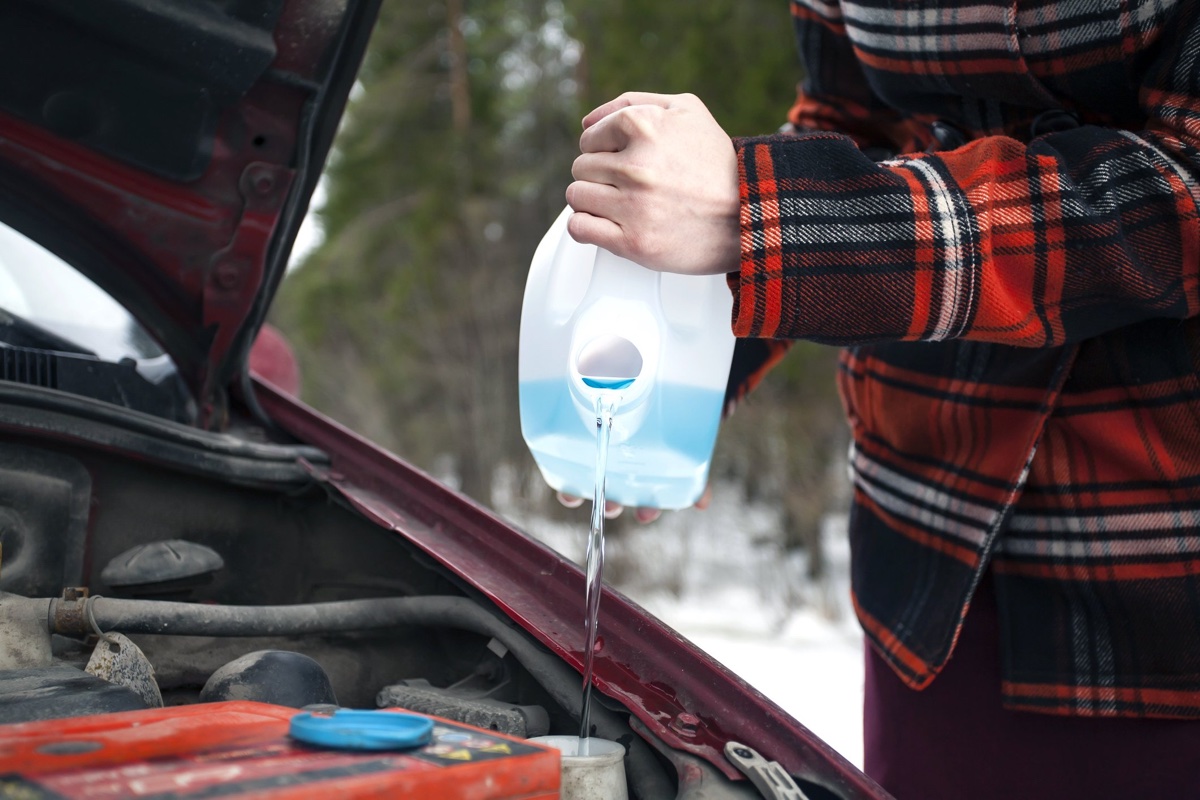
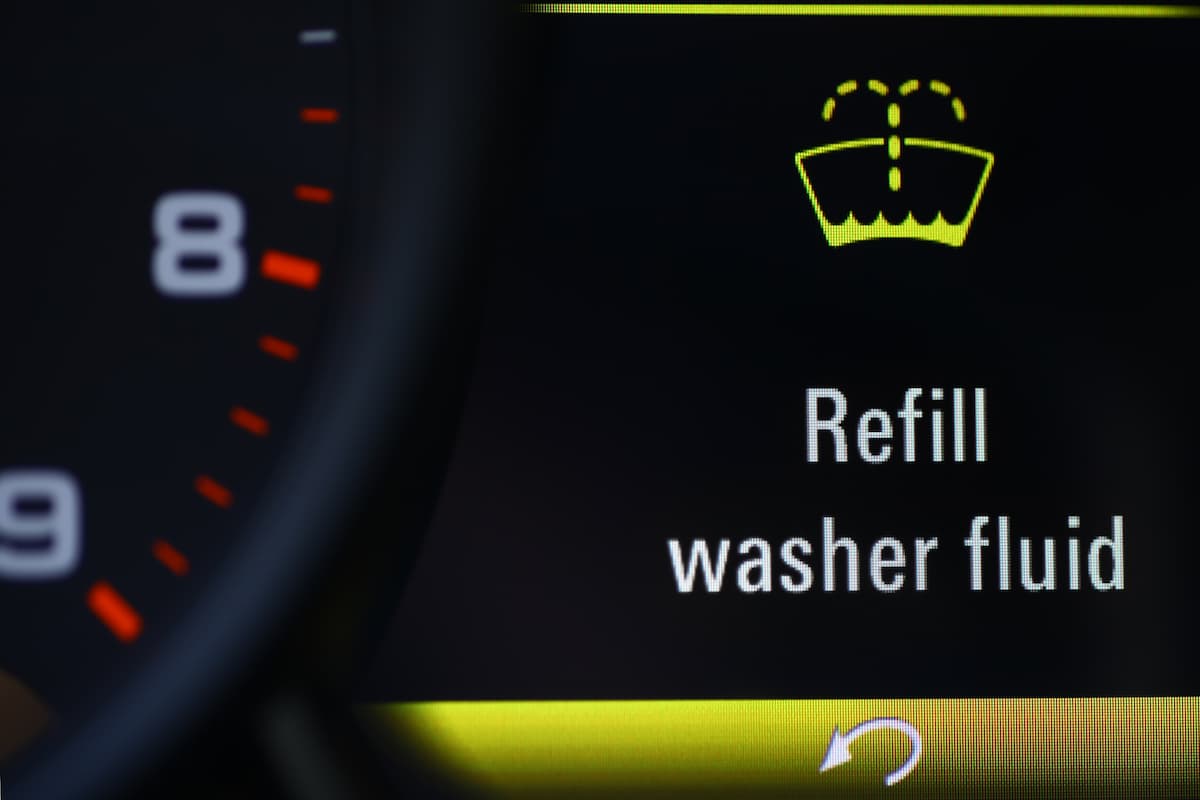
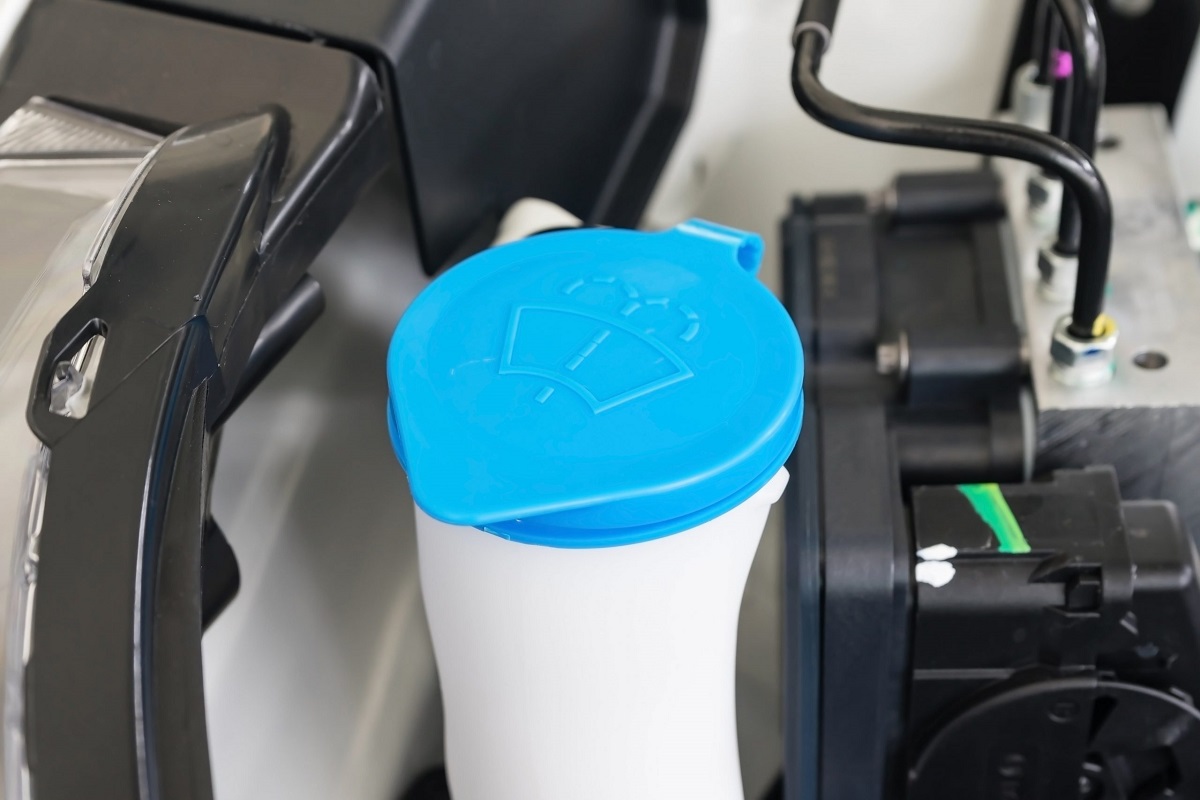
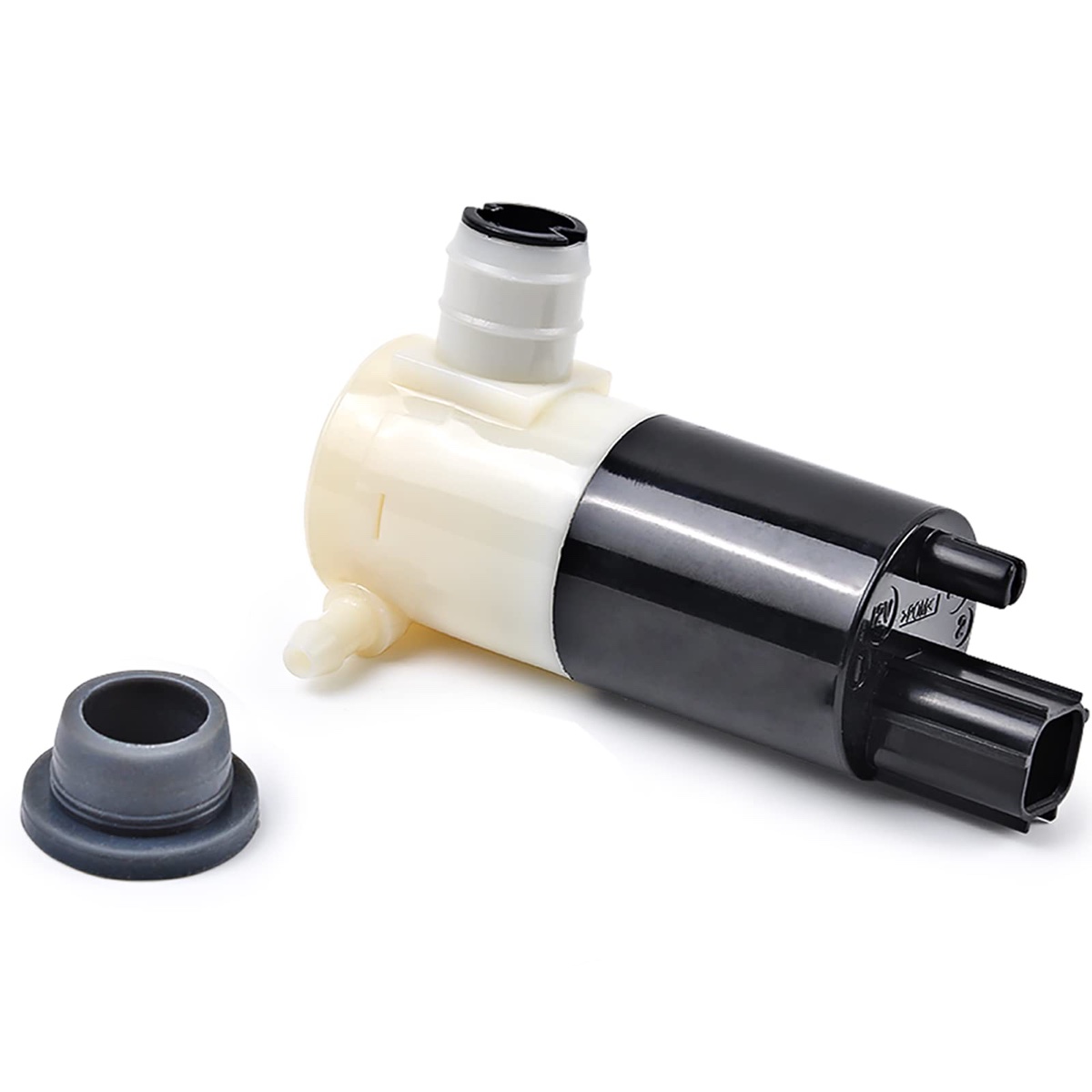
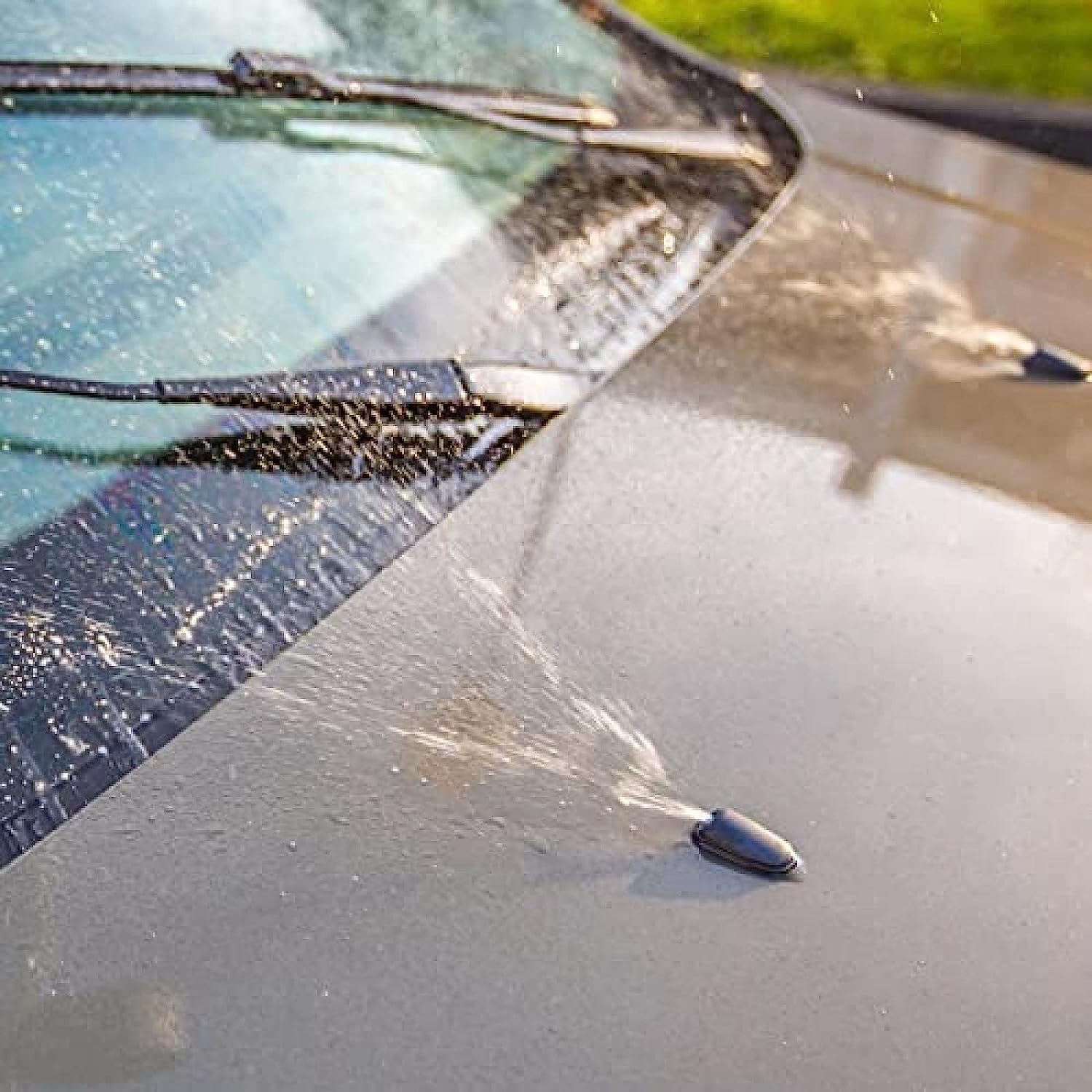
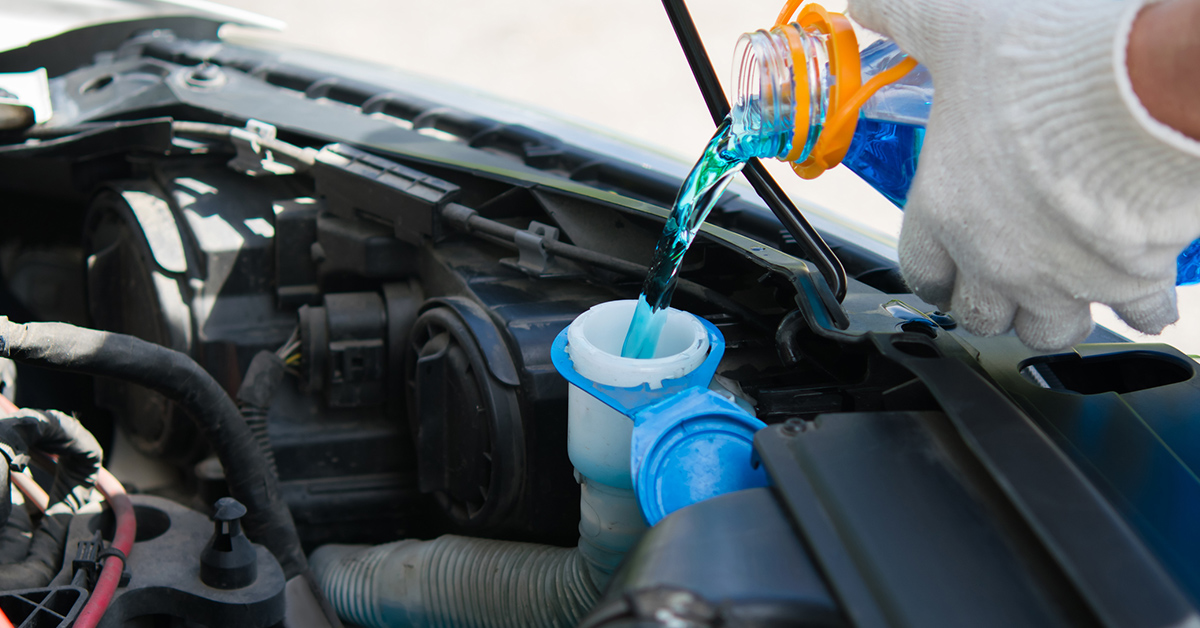
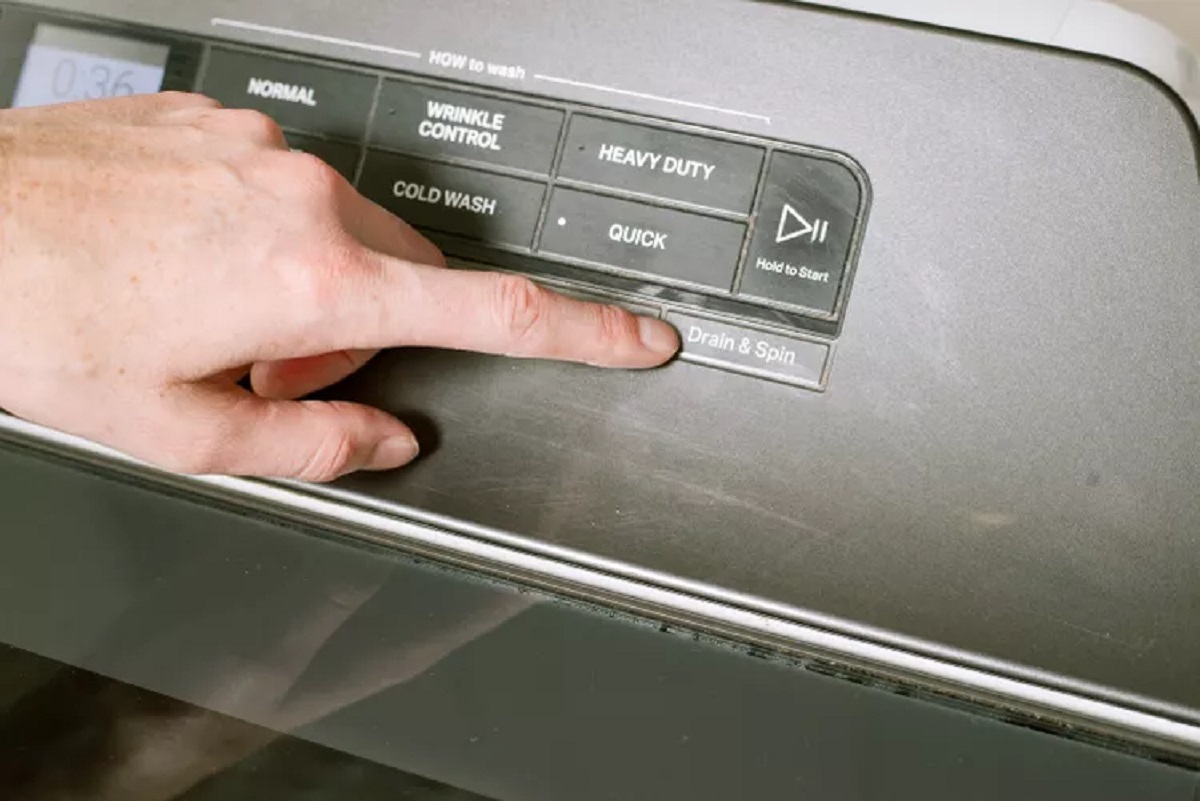
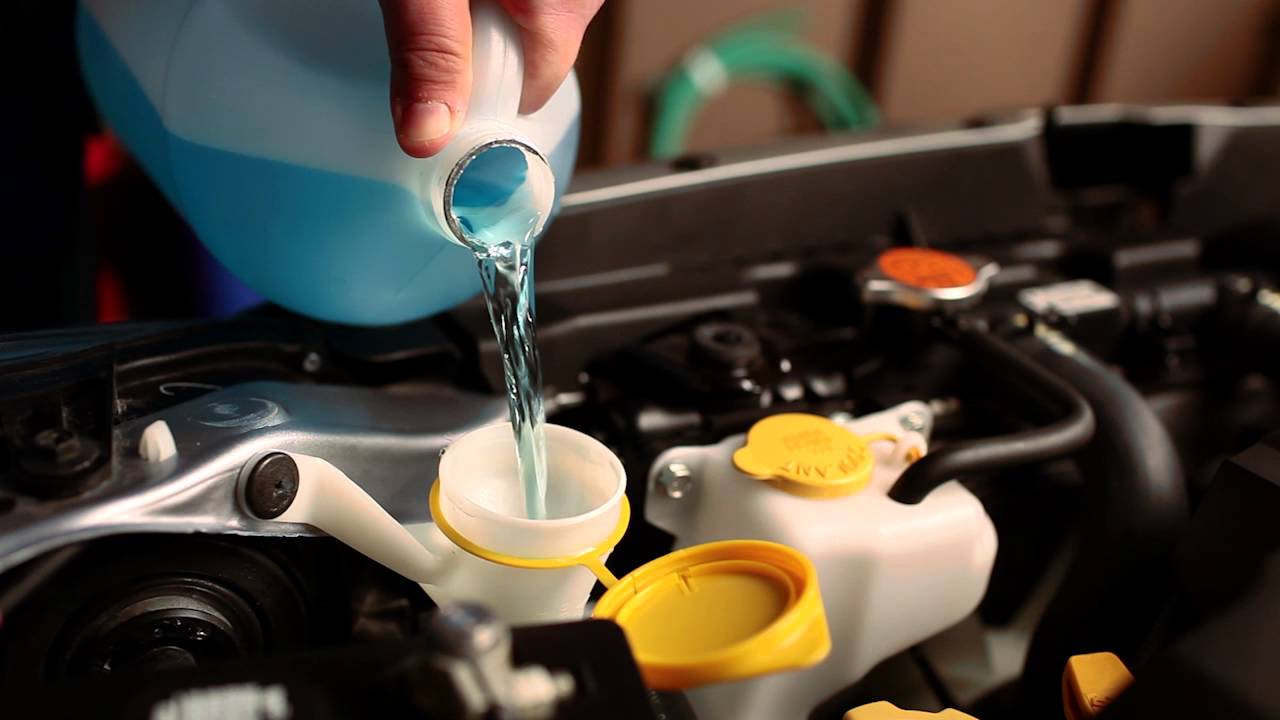
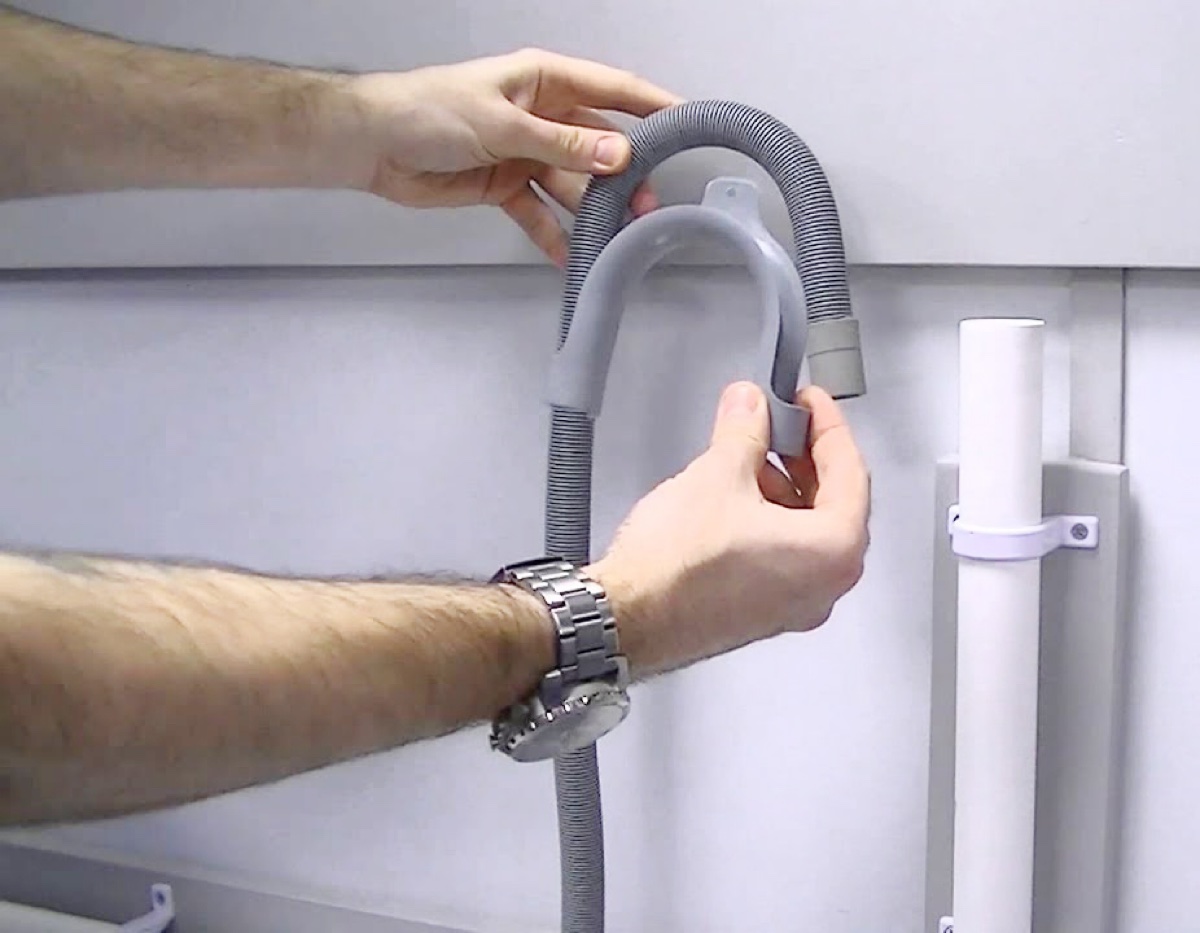



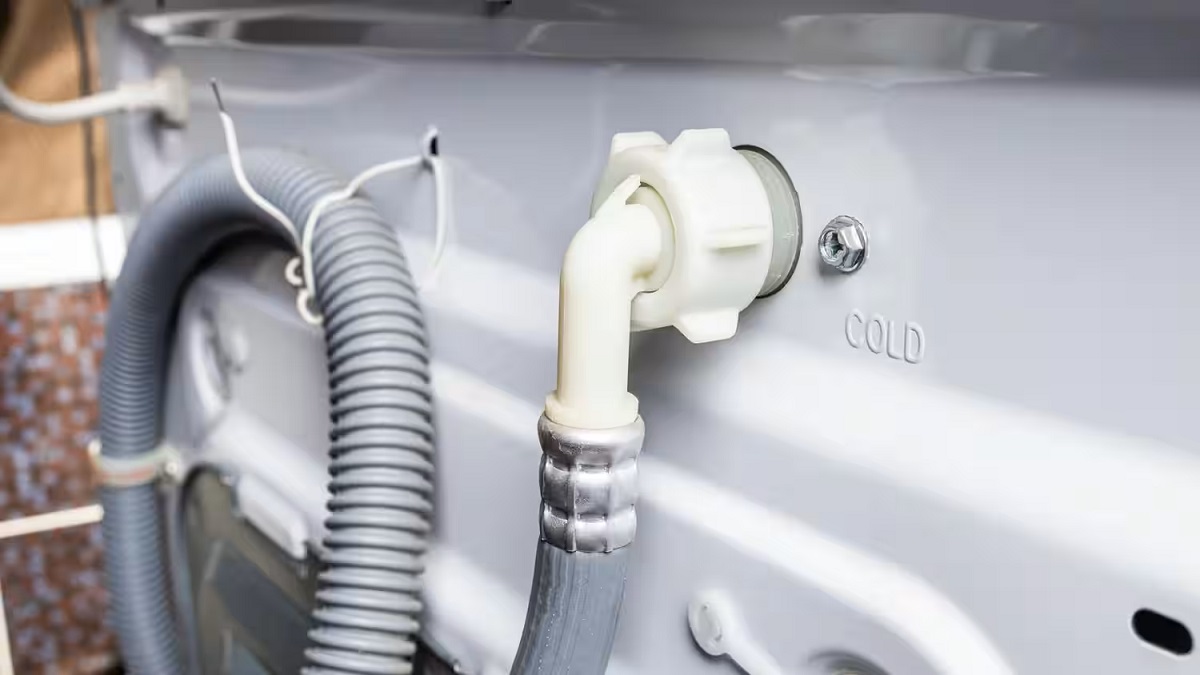
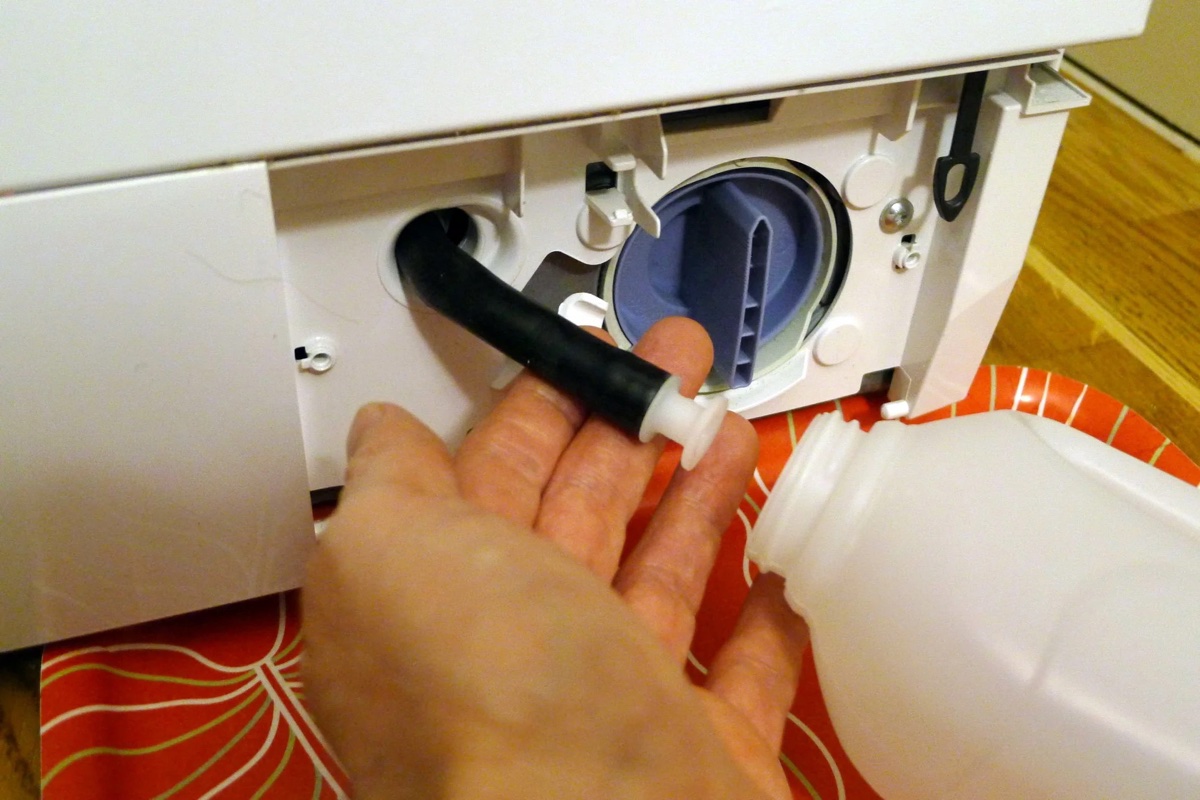

0 thoughts on “How To Drain Windshield Washer Fluid”